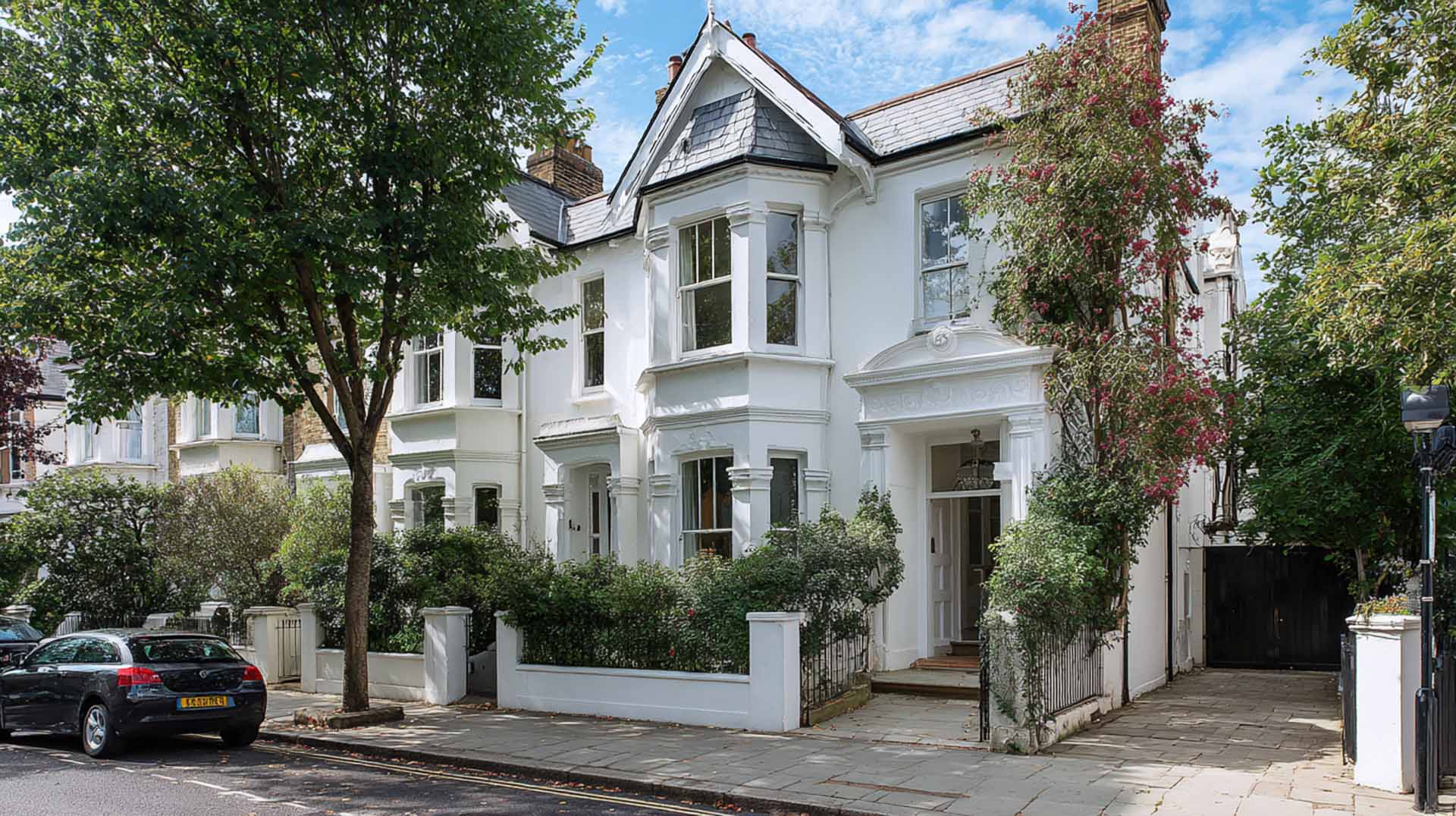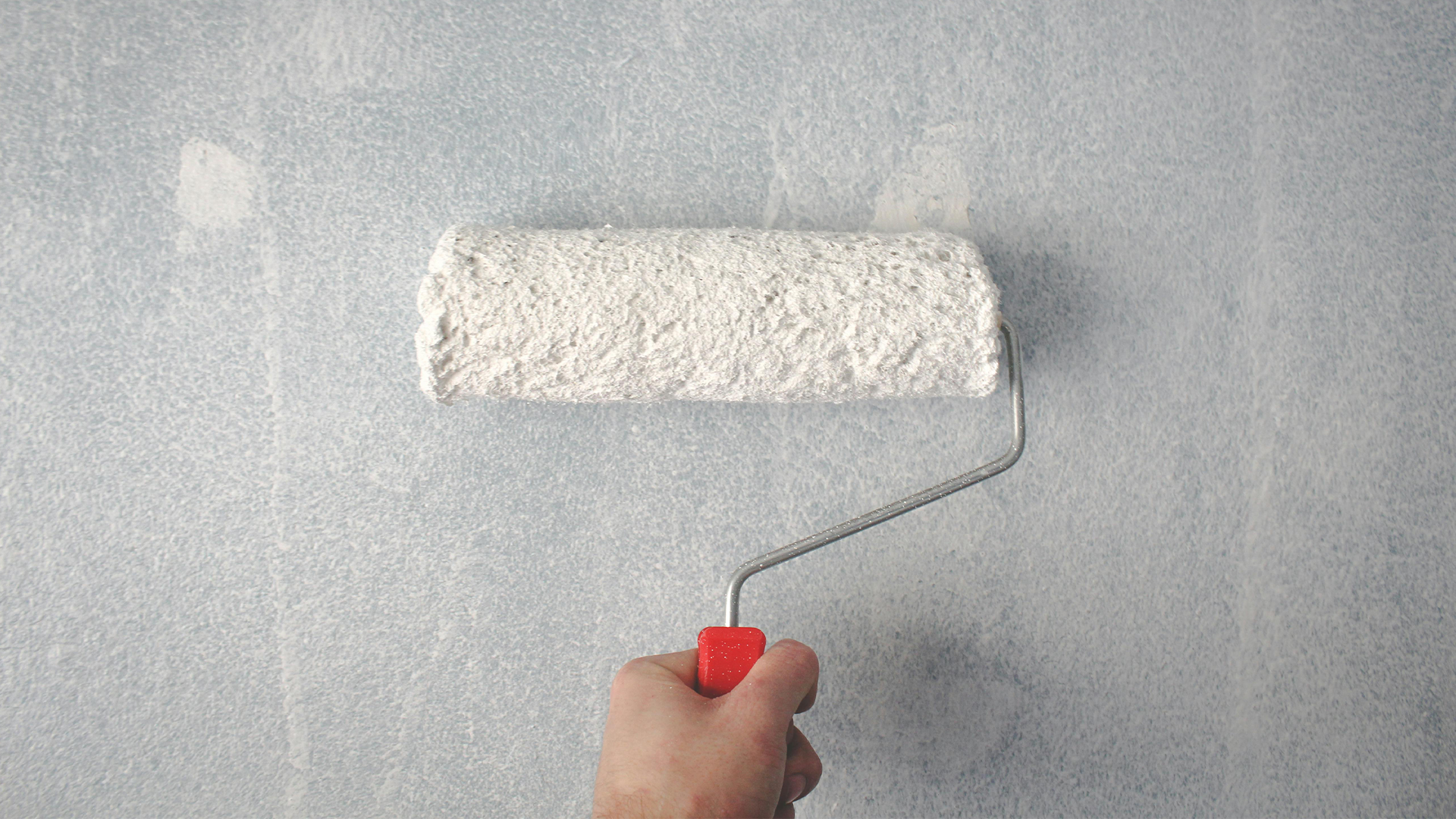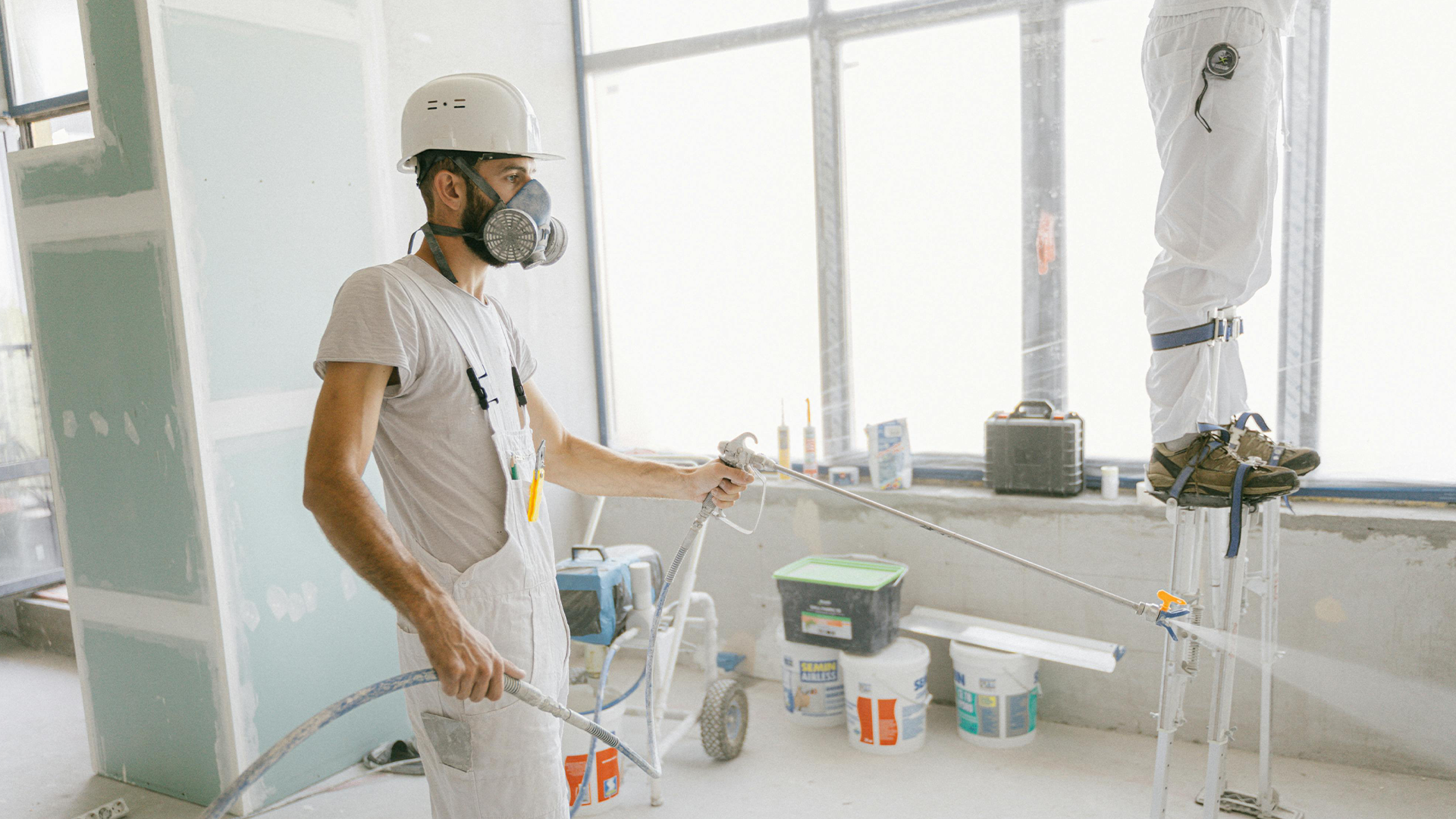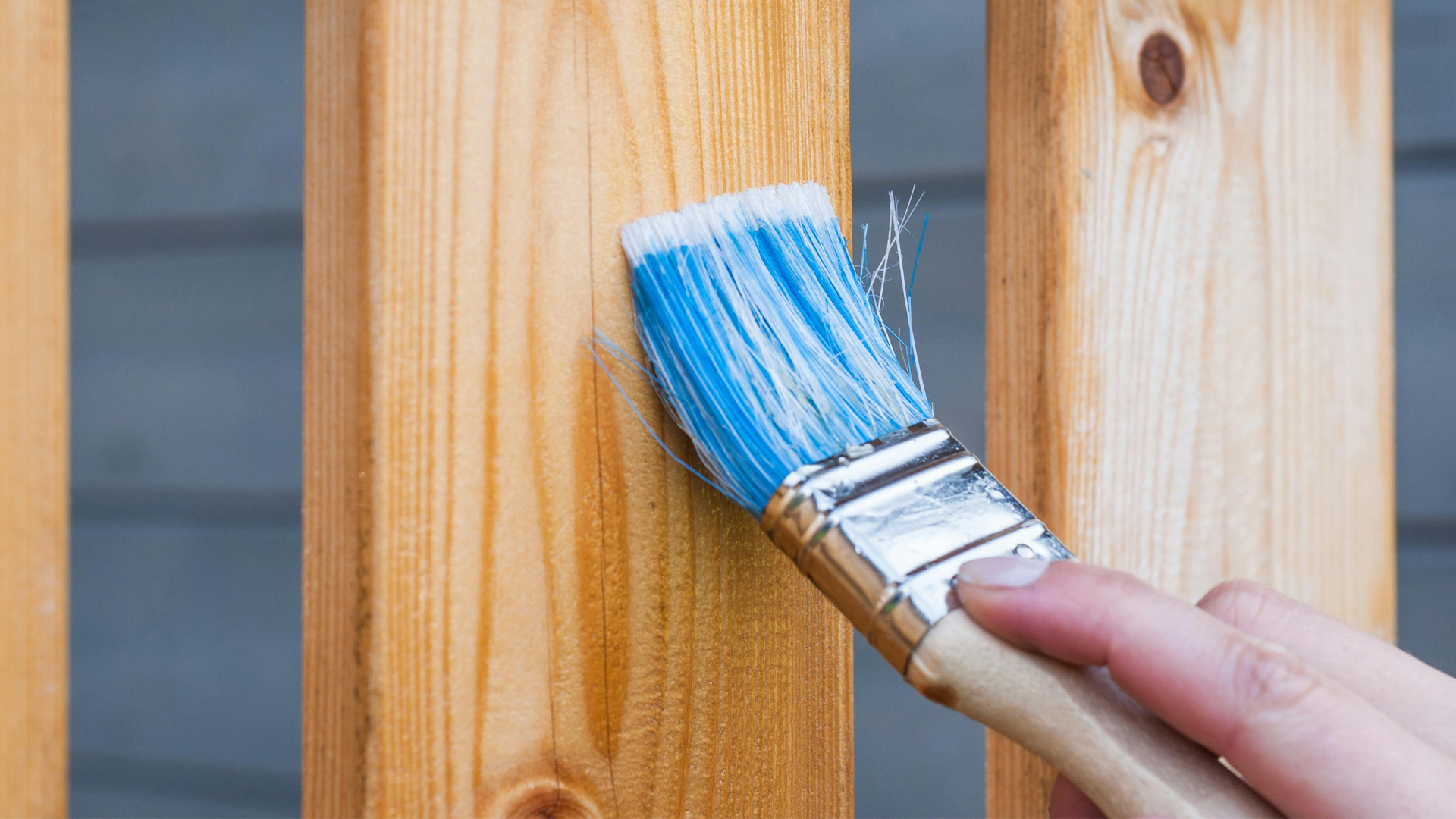Key Take Aways
External insulation cladding combines insulation and a protective finish on exterior walls to boost energy efficiency and curb appeal.
It delivers superior thermal performance, significantly reducing heat loss in winter and heat gain in summer.
By stabilising indoor temperature, it cuts heating and cooling demands—leading to lower energy bills and extended HVAC lifespan.
It supports eco‑friendly living through reduced energy consumption and lower carbon emissions.
Cladding also shields external walls from weather damage, dampness, and mould—preserving building integrity and energy performance.
UK homeowners have several material options: EPS (expanded polystyrene), mineral wool, polyurethane, and composite cladding, each with distinct thermal, acoustic, and fire‑safety properties.
Understanding External Insulation Cladding: Benefits and Options for UK Homes
In today’s environmentally conscious world, energy efficiency is not just a buzzword; it’s a necessity. For UK homeowners looking to enhance their home’s energy performance and curb appeal, external insulation cladding stands out as a smart and effective solution. In this article, we’ll explore what external insulation cladding is, its benefits, and the various options available for UK homes.
What is External Insulation Cladding?
External insulation cladding refers to a system where a layer of insulation material is applied to the exterior walls of a building, followed by a protective layer of cladding. This method not only insulates the building but also revitalizes its external appearance. The cladding layer, which can be made from various materials, protects the insulation from weather elements and adds an aesthetic touch to the building’s exterior.
The Benefits of External Insulation Cladding: Enhancing Energy Efficiency in Your Home
External insulation cladding stands as a pivotal element in enhancing the energy efficiency of homes across the UK. This innovative solution offers a multitude of benefits, primarily in improving a home’s thermal performance, thereby playing a significant role in energy conservation and cost savings.
Superior Thermal Performance
The key to the energy efficiency of external insulation cladding lies in its exceptional thermal performance. By adding a robust insulative layer to the exterior walls, this cladding significantly reduces the amount of heat lost from a home during colder months and prevents excessive heat gain during warmer periods. This thermal regulation is crucial in maintaining a stable and comfortable indoor temperature throughout the year, reducing the reliance on heating and cooling systems.
Reduced Heat Loss
One of the primary ways external insulation cladding improves energy efficiency is by minimising heat loss. Traditional homes without this cladding often experience significant heat escape, particularly through walls. External insulation cladding acts as a thermal blanket, wrapping the building and drastically cutting down on heat loss. This means that the energy used to heat the home is utilised more effectively, ensuring that less energy is required to maintain a comfortable living environment.
Lower Energy Bills
The improved thermal efficiency directly translates to lower energy bills. With reduced heat loss and gain, heating and cooling systems don’t have to work as hard or as long to keep the home at a comfortable temperature. This decreased demand on your home’s heating and cooling systems not only saves money but also prolongs the lifespan of these systems by reducing wear and tear.
Eco-Friendly Living
By enhancing energy efficiency, external insulation cladding also contributes to eco-friendly living. Reduced energy consumption means less reliance on fossil fuels and lower greenhouse gas emissions. For environmentally conscious homeowners, this is a significant step towards reducing their carbon footprint and promoting sustainable living practises.
Enhanced Wall Protection
Besides energy efficiency, external insulation cladding also offers the added benefit of protecting external walls from weather elements. This protection extends the lifespan of the walls, prevents dampness and mould growth, and maintains the structural integrity of the home. This indirect benefit contributes to the overall energy efficiency by ensuring that the building’s envelope remains intact and well-insulated.
Options Available for UK Homes
Homeowners in the UK have a variety of options when it comes to external insulation cladding. Some popular choices include:
- Expanded Polystyrene Systems: Lightweight and cost-effective, expanded polystyrene systems are a common choice for external insulation cladding. They offer good thermal performance and can be finished with various render types.
- Mineral Wool Systems: Known for excellent fire resistance and acoustic properties, mineral wool systems are ideal for homeowners prioritizing safety and noise reduction alongside energy efficiency.
- Polyurethane Systems: These systems offer high levels of thermal efficiency in a thinner profile, making them suitable for properties with space constraints.
- Composite Cladding: A mix of materials (like wood, metal, vinyl, etc.) that provides both insulation and an attractive finish, suitable for modern and traditional homes alike.
Conclusion
For UK homeowners looking to enhance their home’s energy efficiency and aesthetics, external insulation cladding is a choice worth considering. With various materials and styles available, it’s easy to find an option that fits your home’s needs and your personal taste. Not only does it provide immediate benefits in terms of reduced energy bills and increased comfort, but it also adds value to your property.
Are you considering external insulation cladding for your home? Contact All Weather Coating today for expert advice and top-notch installation services. We specialize in exterior wall coatings and weatherproofing services, ensuring your home is not only energy-efficient but also protected from the UK’s unpredictable weather.





